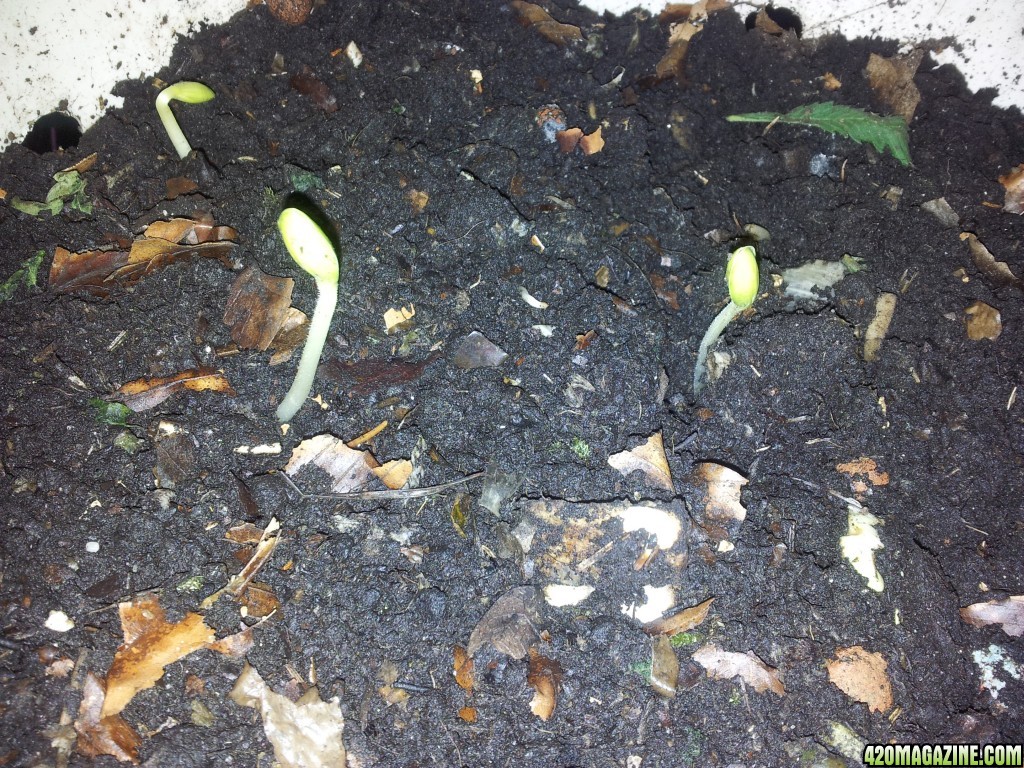ClosedCircuit
New Member
We have a community garden down the street that built their compost heap on a concrete slab, right next to an open edge of the garden space, where it SHOULD have gone. One of the reasons I haven't joined this group yet is I am stupefied that people who garden outdoors and compost can be so clueless! Every time I walk past it I wonder how they expected the worms to get to the compost. Surely they know about worms and compost?
Its funny, but kind of sad... I think this is pretty common. I have gardens around here that compost on top of tarps. Whats even better is that most of their compost piles are actually just branches and sticks of varying size. How about that 10 year compost, guys. WHOOO!
Not to mention all their beds are just cute pet projects with no meaning. Dead tomato vines everywhere and somebody let their squash creep through the whole grounds. Rain barrels sitting on platforms under the edges of roofs WITH NO GUTTERS. WHY?! Empty flower pots everywhere....pretty sure a homeless person is sleeping in a patch of trees there...What a happy facade. Rant over.










 I think I will get some local sand from the sand pit, get some basalt silt/meal/dust/whatever, use some bentonite clay, some not yet determined type of clay, en roll with it
I think I will get some local sand from the sand pit, get some basalt silt/meal/dust/whatever, use some bentonite clay, some not yet determined type of clay, en roll with it 

